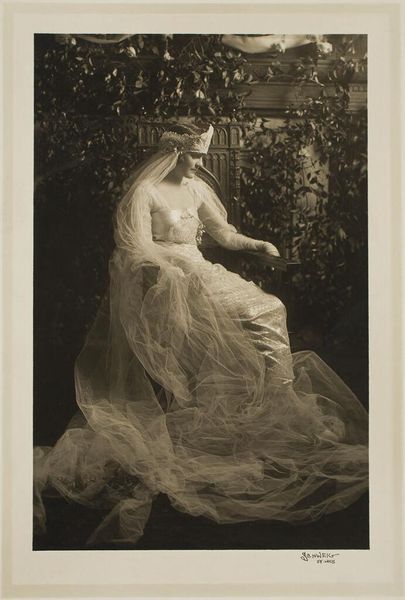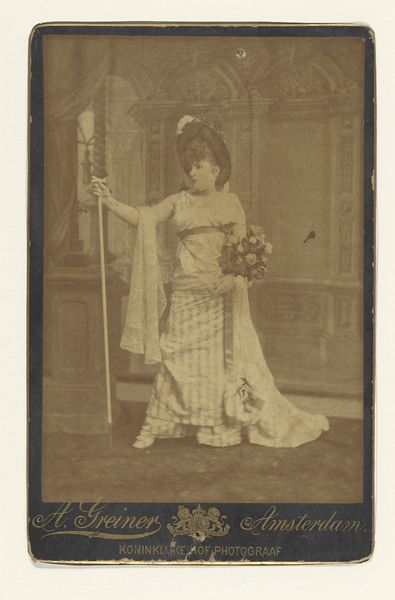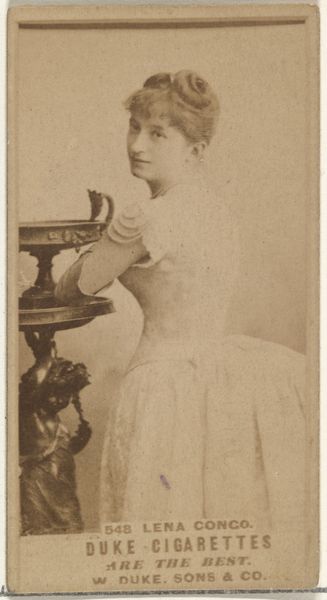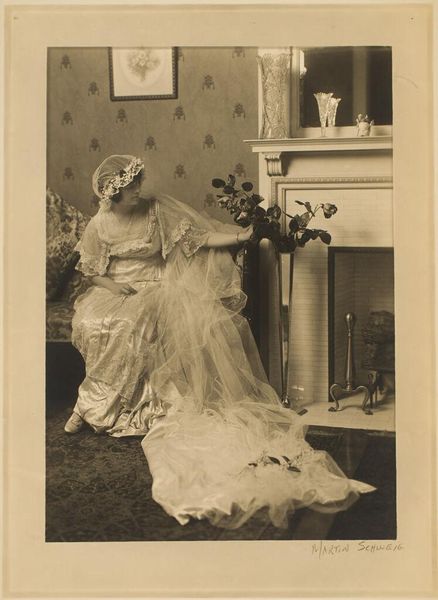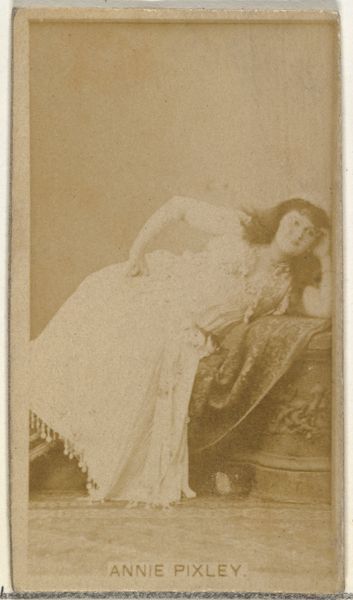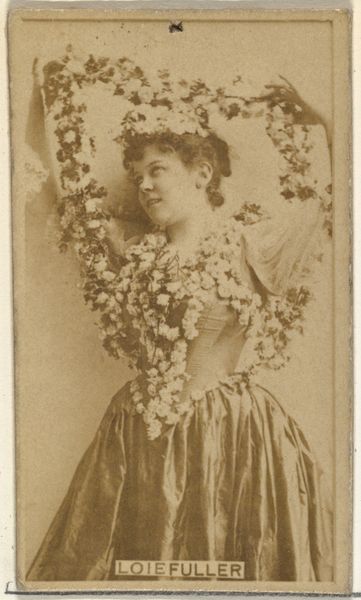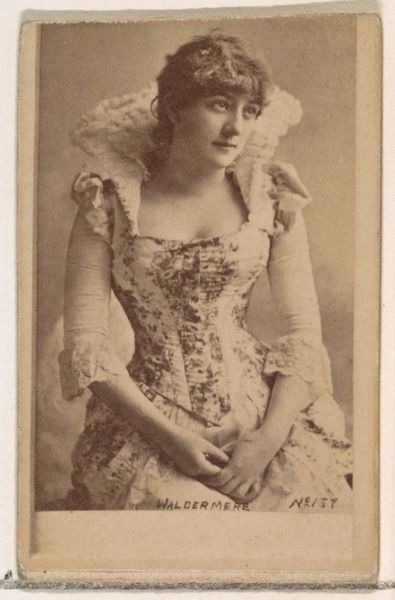
drawing, print, paper, pencil
#
portrait
#
pencil drawn
#
drawing
# print
#
charcoal drawing
#
figuration
#
paper
#
pencil drawing
#
pencil
#
academic-art
#
realism
Dimensions: image: 526 x 412 mm plate: 594 x 472 mm sheet: 667 x 534 mm
Copyright: National Gallery of Art: CC0 1.0
Editor: This is Frederick Freer's "Untitled (Girl on a Couch)" from 1888, a print on paper, probably made with pencil. I'm really drawn to how delicate and detailed the rendering is. What strikes you most about it? Curator: The drawing speaks volumes about the social fabric of the late 19th century. Look closely at the materiality: a print, likely reproduced for wider circulation. It wasn’t meant for the elite collector, but potentially a middle-class audience consuming images of leisure and domesticity. Editor: That's interesting. I hadn't considered who might have been buying this. Does the medium, being a print rather than an original painting, influence your interpretation? Curator: Absolutely. The reproductive nature of printmaking allows us to consider labor. Think of the craftsman creating the plate, versus the artist alone in their studio. The subject too, speaks to leisure; this ‘girl’ isn't engaged in productive labor visible to us. She’s posed, adorned in lace and flowers. Consider the labor involved in producing these very adornments - lace, embroidery - for the subject, the artist and the printmaker's plates. Editor: So you're seeing the image as not just a portrait, but also an artifact of its time, shaped by materials and labor. Curator: Precisely. It invites questions about the consumption of art, of luxury goods, and ultimately, of images of women. We're not just looking at a girl on a couch. Editor: I never thought about it like that. Thinking about the process and the people involved changes everything. Curator: Indeed. The materiality brings to light all kinds of interesting considerations regarding social practices and artistic values.
Comments
No comments
Be the first to comment and join the conversation on the ultimate creative platform.
